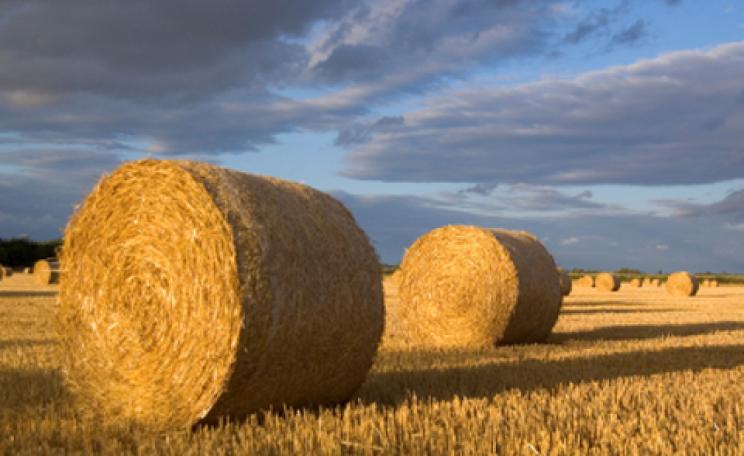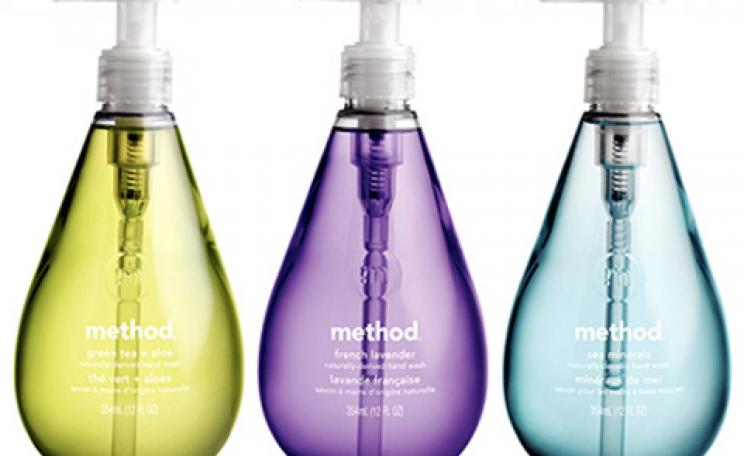House hunting is not an easy task. And if you’re looking for an eco-friendly dwelling, the challenges can really mount up. Provisional figures recently released by the Department for Energy and Climate Change put greenhouse gas emissions in the UK at 549.3 million tonnes of carbon dioxide equivalent in 2011. Though seven per cent lower than the previous year, we still have a long way to go. The Coalition’s zero carbon standard and Green Deal, both announced in November, aim to make UK housing more sustainable and energy efficient. The initiatives also aim to help homeowners retrofit their properties. But until such standards are the norm, the green credentials of your new home aren’t guaranteed. Starting a buying quest can be daunting but there are companies emerging who aim to help homebuyers secure eco-properties. Green Moves and Enviro Estates can give you an idea of what’s on the market, and what changes you can make to existing homes.
‘I think as time goes on people are sort of understanding climate change now and are getting more involved in making things more energy efficient,’ says Enviro Estates' Linda Coombs. ‘We’re never going to change everybody’s mind, and we know that, but we’ve seen a massive increase in people taking more of an interest in their properties, even to make these slight changes.’ There are also grants and incentives available for those looking to retrofit, meaning you’re not on your own. So what are the key things to look out for? From insulation to green roofs, we round up the key features for green homebuyers.
Evaluate insulation
All the alternative energy sourcing in the world won’t reduce your carbon footprint if you’ve got a leaky home. The more heat that escapes through cracks, crevices and thin walls, the more you need to crank up the heat, the greater environmental impact you’ll have and the more money you’ll spend. Key steps, like pressure testing for air tightness and securing double-glazed windows can help. But you’ll also want to ask about insulation, says Martin Holley from the Centre for Sustainable Energy. ‘It can be quite difficult to guess what levels of insulation are,’ he says. ‘But depending on the age of the house, it would have had to comply with certain building regulations anyway. So generally, the newer the house the better level of insulation it will have.’ Holley says the thickness and depth of the walls can be an indication but the best thing to do is to get information directly from the seller or architect.
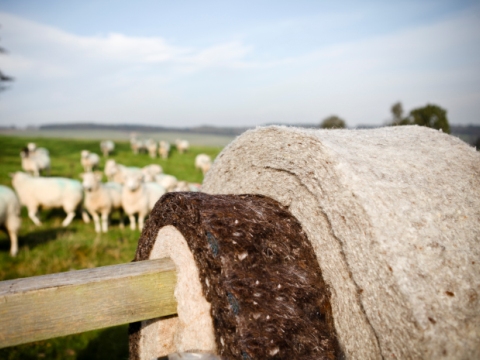 You should also inquire as to what type of insulation a house has to make sure you aren’t surrounded by synthetics. Alternatively, you can choose to install additional insulation yourself. But skip the asbestos and go for something natural like wood fibre or lamb’s wool. ‘You’re looking at using a natural alternative to synthetic fibres – something that’s got good performance, longevity and durability, and is cost effective over the life of the building,’ says Christine J. Armstrong, of Thermafleece. Wool can also get rid of moisture within a building, keeping your home warm and dry, she says. Thermafleece made using wool from British hill sheep, is biodegradable, easy to install on your own and will last for the lifetime of the building. But if wool leaves you sneezing, then try Thermafleece’s hemp insulation, which is plant-derived. Other types of natural insulation on the market include wood fibres and recycled newspapers. ‘There’s so much talk about energy and consumption, and I think insulating a property will significantly reduce the amount of energy lost from the building,’ adds Armstrong. ‘So that’s reducing the energy consumption and the carbon dioxide released into the atmosphere.’
You should also inquire as to what type of insulation a house has to make sure you aren’t surrounded by synthetics. Alternatively, you can choose to install additional insulation yourself. But skip the asbestos and go for something natural like wood fibre or lamb’s wool. ‘You’re looking at using a natural alternative to synthetic fibres – something that’s got good performance, longevity and durability, and is cost effective over the life of the building,’ says Christine J. Armstrong, of Thermafleece. Wool can also get rid of moisture within a building, keeping your home warm and dry, she says. Thermafleece made using wool from British hill sheep, is biodegradable, easy to install on your own and will last for the lifetime of the building. But if wool leaves you sneezing, then try Thermafleece’s hemp insulation, which is plant-derived. Other types of natural insulation on the market include wood fibres and recycled newspapers. ‘There’s so much talk about energy and consumption, and I think insulating a property will significantly reduce the amount of energy lost from the building,’ adds Armstrong. ‘So that’s reducing the energy consumption and the carbon dioxide released into the atmosphere.’
Seek out sustainable heat
The efficiency of your boiler is an essential part of making your home sustainable. The days of mammoth tanks that occupy half the cellar are over. From combi to solar thermal and wood burning, boilers are becoming slimmer and more energy efficient, and chances are, you’ll come across one during your house hunt. ‘Check that it’s been installed appropriately, because some of these technologies are relatively new,’ Holley says. Combination, or combi, boilers are space heating, but also instantly heat your hot water. ‘They are quite efficient now compared to what they used to be,’ Holley says. You can also go greener and opt for solar thermal, which cycles water through a solar panel in order to preheat it. ‘If you’ve got a combination boiler, which in itself doesn’t need a hot water storage tank, and you want solar thermal, then you would need to get a tank installed, so you would need to have the space for that,’ he says. Not all boilers accept preheated water, so you’ll have to make sure that yours is compatible. The orientation of your roof will also be a factor, as you’ll want to make sure the house gets optimum sunlight in order to maximise the energy capture of your solar panel. ‘So in this country it needs to face as close to south as you can get it,’ adds Holley.
Another green option is a wood burning boiler. ‘Whether it’s log or wood chips or pellets, they’re quite modern, high efficiency and automated as well,’ comments Holley. Logs are the cheapest but require the most storage space. Quality is important with wood chips, as the moisture content and size can vary. Irregular sized pieces could jam the boiler, so its worth paying a little more for your chips. Pellets are the most efficient but are also the most expensive, although according to Holley, that may change in the future considering the rise in fossil fuel prices.
 Look to the roof
Look to the roof
While the structural integrity of a home is paramount, the roof can provide ample room for eco-innovation. Look for a home with a green roof, or with potential to create one. ‘One of the major things is it has to be able to take the weight of a green roof,’ says James Edwards, of Eco Green Roofs. ‘You’re looking at about 100 to 150kg per square metre, depending on the type of roof you have.’ The pitch of the roof is also important, he says, because anything over 45 degrees will require an irrigation system. Greening your roof can increase the lifespan of your home and cut its overall carbon footprint. It will also act as an insulator, keeping your home cool in the summer and warm in the winter. It can also be an advantage when applying for planning permission, Edwards says. ‘If someone’s having an extension, a lot of the times, a green roof will tick the box because if people are overlooking it they are looking at something green as opposed to a horrible grey roof.’ This is something to keep in mind if you’re scouting homes you hope to expand. Some require more maintenance than others, so determine how much of a green thumb you’ve got before investing.
Another obvious eco feature is a solar panel. ‘The advantage is you generate your own electricity, you’re kind of immune to price rises on energy, you’re quite independent, and it’s secure for 25 years,’ says Cara Meehan, of solar specialists, Solar Made Easy. As with a green roof, Meehan says you’ll need to make sure the house can handle the load. Electrics and wiring will also need to be up to standard and you’ll have to make sure you can easily connect to the grid. ‘One of the main factors that people should consider when they install solar is how much they can afford,’ she says. ‘They should buy as many panels as they can afford or, if that’s not a limiting factor, as many panels as they can fit on their roof, because ultimately it will pay you back.’ As with any newer technology, it is important to come into the process having done a bit of research. ‘Know as much as possible,’ Meehan says. ‘Just try and be aware, and challenge the sales person, especially if you’re not talking to the actual installer who’s going to be on your roof.’
| READ MORE... | |
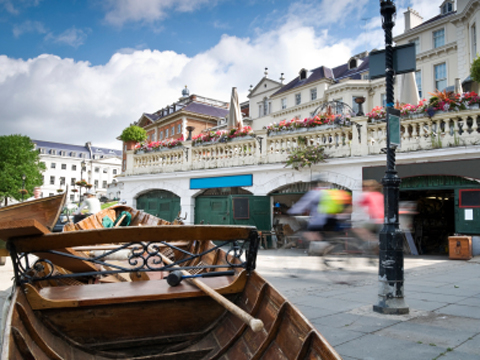 |
GREEN LIVING Top 10… green places to live From great public transport to carbon reduction initiatives, the UK’s towns and cities are making strides towards becoming greener places to live. Rebecca Campbell takes a closer look at the most impressive |
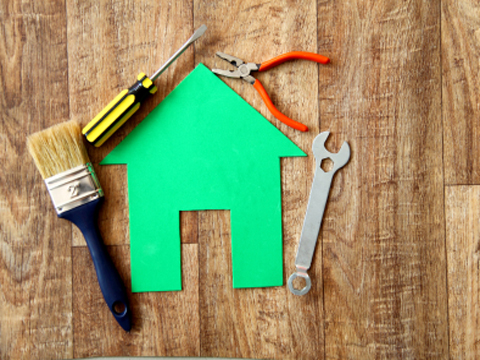 |
GREEN LIVING The A to Z of retrofitting Cutting emissions at home doesn’t just help the planet; it saves you money too. Chloe Barrow explains how to get started |
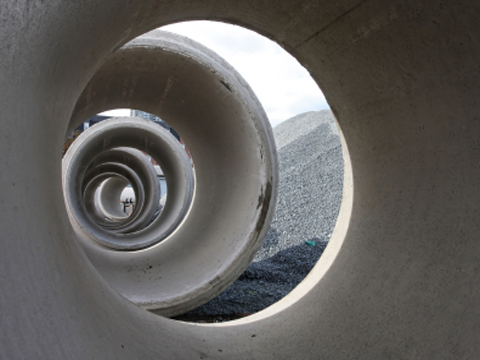 |
GREEN LIVING Eco cement: the world's favourite building material gets a green-over Cement manufacturers are among the world’s biggest polluters and produce more emissions per capita than aviation. So how can you ensure that the cement you use isn’t wrecking the planet? |
 |
GREEN LIVING How to... buy vintage homeware Real vintage not only adds character to your home; by diverting furniture away from landfill, it does the planet a favour too. Here’s how to get stuck in |
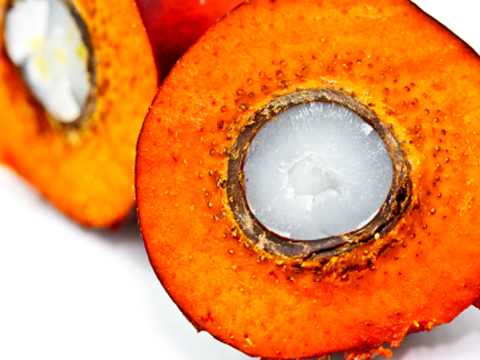 |
GREEN LIVING Palm oil: the hidden ingredient causing an ecological disaster Palm oil is in our food, cleaning products and fuel. But it's destroying rainforest and contributing to climate change. Sustainable certification schemes have been set up, but campaigners increasingly question whether they work |




